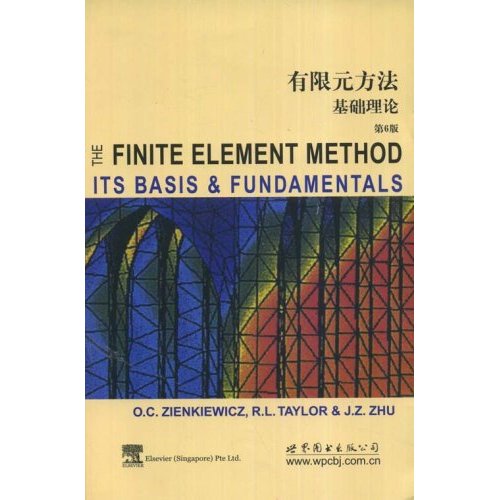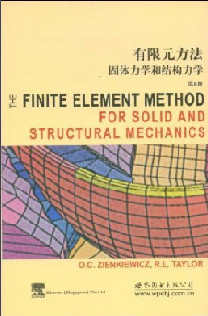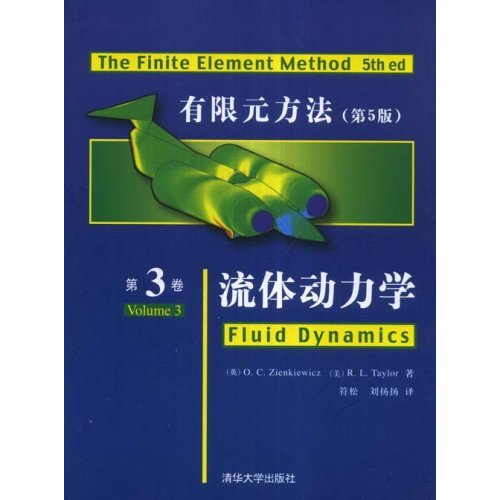有限元方法流体力学(第6版) [平装]
内容简介
编辑推荐
《有限元方法流体力学(第6版)》由世界图书出版公司出版。
作者简介
目录
Acknowledgements
1 Introduction to the equations of fluid dynamics and the finite element approximation
1.1 General remarks and classification of fluid dynamics problems discussed in this book
1.2 The governing equations of fluid dynamics
1.3 Inviscid, incompressible flow
1.4 Incompressible (or nearly incompressible) flows
1.5 Numerical solutions: weak forms, weighted residual and finite element approximation
1.6 Concluding remarks
References
2 Convection dominated problems - finite element approximations to the convection——diffusion-reaction equation
2.1 Introduction
2.2 The steady-state problem in one dimension
2.3 The steady-state problem in two (or three) dimensions
2.4 Steady state - concluding remarks
2.5 Transients - introductory remarks
2.6 Characteristic-based methods
2.7 Taylor-Galerkin procedures for scalar variables
2.8 Steady-state condition
2.9 Non-linear waves and shocks
2.10 Treatment of pure convection
2.11 Boundary conditionsfor convection-diffusion
2.12 Summary and concluding remarks
References
3 The characteristic-based split (CBS) algorithm. A general procedure for compressible and incompressible flow
3.1 Introduction
3.2 Non-dimensional form of the governing equations
3.3 Characteristic-based split (CBS) algorithm
3.4 Explicit, semi-implicit and nearly implicit forms
3.5 Artificial compressibility and dual time stepping
3.6 'Circumvention' of the Babuska-Brezzi (BB) restrictions
3.7 A single-step version
3.8 Boundary conditions
3.9 The performance of two-step and one-step algorithms on an inviscid problem
3.10 Concluding remarks
References
4 Incompressible Newtonian laminar flows
4.1 Introduction and the basic equations
4.2 Use of the CBS algorithm for incompressible flows
4.3 Adaptive mesh refinement
4.4 Adaptive mesh generation for transient problems
4.5 Slow flows - mixed and penalty formulations
4.6 Concluding remarks
References
5 Incompressible non-Newtonian flows
5.1 Introduction
5.2 Non-Newtonian flows - metal and polymer forming
5.3 Viscoelastic flows
5.4 Direct displacement approach to transient metal forming
5.5 Concluding remarks
References
6 Free surface and buoyancy driven flows
6.1 Introduction
6.2 Free surface flows
6.3 Buoyancy driven flows
6.4 Concluding remarks
References
7 Compressible high-speed gas flow
7.1 Introduction
7.2 The governing equations
7.3 Boundary conditions.- subsonic and Suoersonic fl0w
7.4 Numerical approximations and the CBS algorithm
7.5 Shock capture
7.6 Variable smoothing
7.7 Some preliminary examples for the Euler equation
7.8 Adaptive refinement and shock capture in Euler problems
7.9 Three-dimensional inviscid examples in steady state
7.10 Transient two- and three-dimensional problems
7.11 Viscous problems in two dimensions
7.12 Three-dimensional viscous problems
7.13 Boundary layer-inviscid Euler solution coupling
7.14 Concluding remarks
References
8 Turbulent flows
8.1 Introduction
8.2 Treatment of incompressible turbulent flows
8.3 Treatment of compressible flows
8.4 Large eddy simulation
8.5 Detached Eddy Simulation (DES)
8.6 Direct Numerical Simulation (DNS)
8.7 Concluding remarks
References
9 Generalized flow through porous media
9.1 Introduction
9.2 A generalized porous medium flow approach
9.3 Discretization procedure
9.4 Non-isothermal flows
9.5 Forced convection
9.6 Natural convection
9.7 Concluding remarks
References
10 Shallow water problems
10.1 Introduction
10.2 The basis of the shallow water equations
10.3 Numerical approximation
10.4 Examples of application
10.5 Drying areas
10.6 Shallow water transport
10.7 Concluding remarks
References
11 Long and medium waves
11.1 Introduction and equations
11.2 Waves in closed domains - finite element models
11.3 Difficulties in modelling surface waves
11.4 Bed friction and other effects
11.5 The short-wave problem
11.6 Waves in unbounded domains (exterior surface wave problems)
11.7 Unbounded problems
11.8 Local Non-Reflecting Boundary Conditions (NRBCs)
11.9 Infinite elements
11.10 Mapped periodic (unconjugated) infinite elements
11.11 Ellipsoidal type infinite elements of Burnett and Holford
11.12 Wave envelope (or conjugated) infinite elements
11.13 Accuracy of infinite elements
11.14 Trefftz type infinite elements
11.15 Convection and wave refraction
11.16 Transient problems
11.17 Linking to exterior solutions (or DtN mapping)
11.18 Three-dimensional effects in surface waves
11.19 Concluding remarks
References
12 Short waves
12.1 Introduction
12.2 Background
12.3 Errors in wave modelling
12.4 Recent developments in short wave modelling
12.5 Transient solution of electromagnetic scattering problems
12.6 Finite elements incorporating wave shapes
12.7 Refraction
12.8 Spectral finite elements for waves
12.9 Discontinuous Galerkin finite elements (DGFE)
12.10 Concluding remarks
References
13 Computer implementation of the CBS algorithm
13.1 Introduction
13.2 The data input module
13.3 Solution module
13.4 Output module
References
Appendix A Non-conservative form of Navier-Stokes equations
Appendix B Self-adjoint differential equations
Appendix C Postprocessing
Appendix D Integration formulae
Appendix E Convection——diffusion equations: vector-valued variables
Appendix F Edge-based finite element formulation
Appendix G Multigrid method
Appendix H Boundary layer-inviscid flow coupling
Appendix I Mass-weighted averaged turbulence transport equations
Author index
Subject index
序言
The major part of this book has been derived by updating the third
volume of the fifth edition. However, it now contains three new chapters
and also major improvements in the existing ones. Its objective is to
separate the fluid dynamics formulations and applications from those of
solid mechanics and thus to reach perhaps a different interest group.
It
is our intention that the present text could be used by investigators
familiar with the finite element method in general terms and introduce
them to the subject of fluid dynamics. It can thus in many ways stand
alone. Although the finite element discretization is briefly covered
here, many of the general finite element procedures may not be familiar
to a reader introduced to the finite element method through different
texts and therefore we advise that this volume be used in conjunction
with the text on 'The Finite Element Method: Its Basis and Fundamentals'
by Zienkiewicz, Taylor and Zhu to which we make frequent reference.
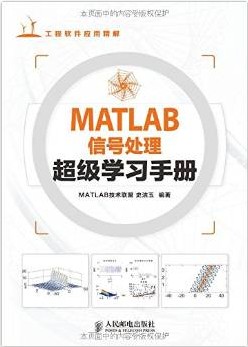
MATLAB信号处理超级学习手册
优惠价:58.7元
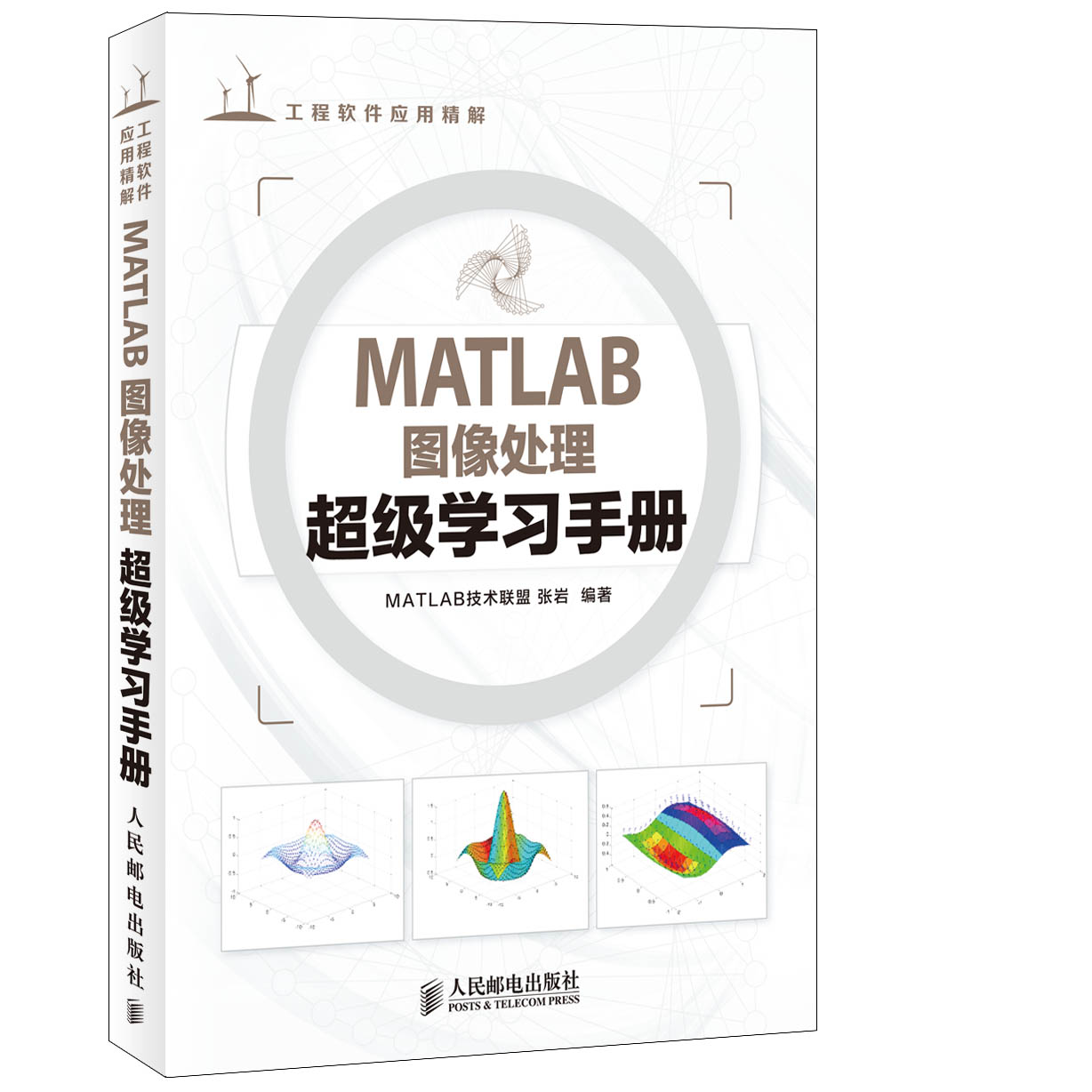
MATLAB图像处理超级学习手册 [平装]
优惠价:56元
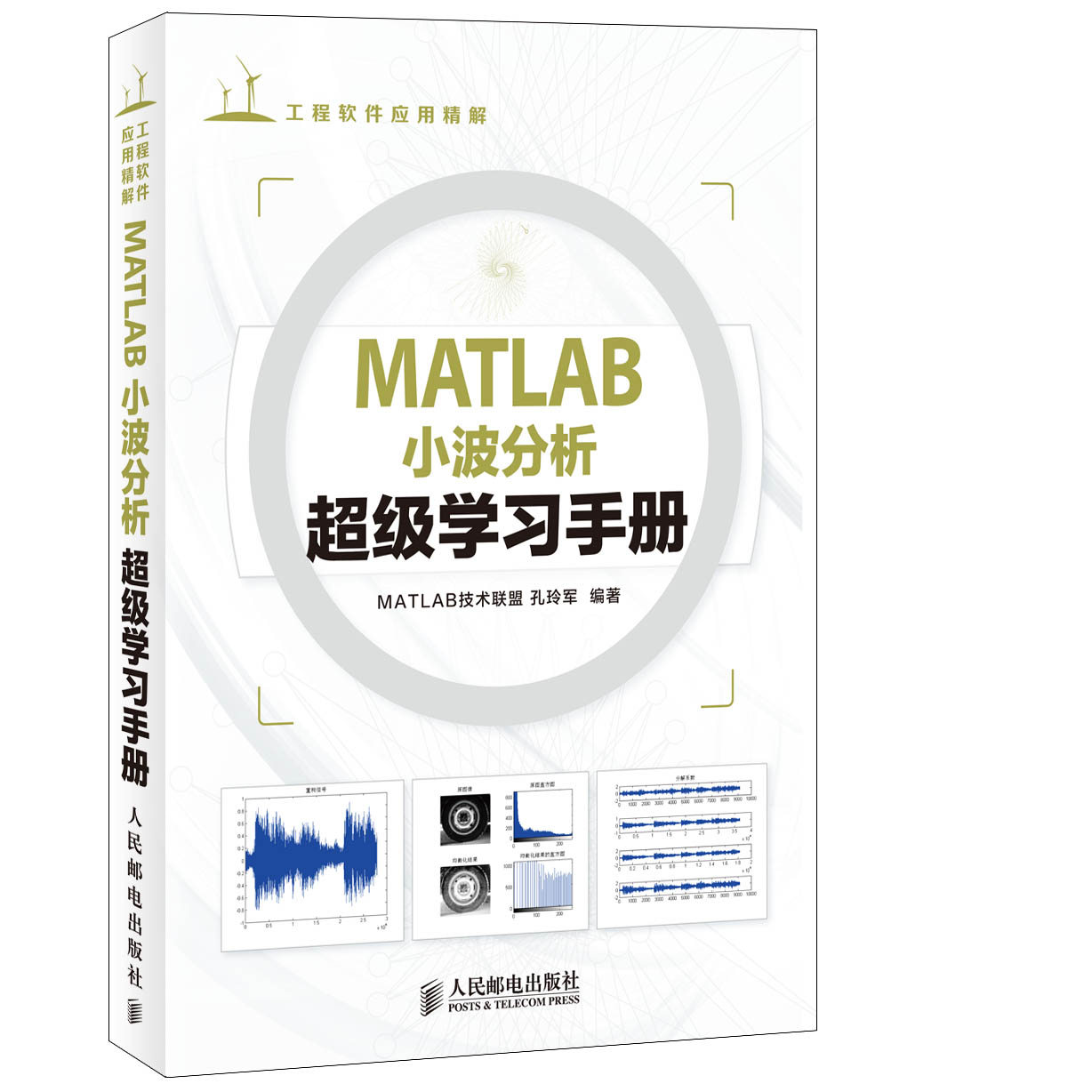
MATLAB小波分析超级学习手册 [平装]
优惠价:56元
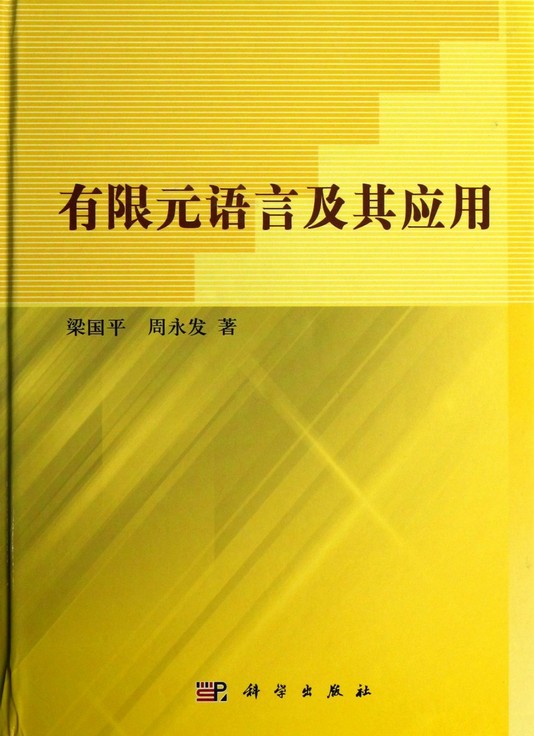
有限元语言及其应用 [精装]
优惠价:127.3元

有限元语言
优惠价:27.3元
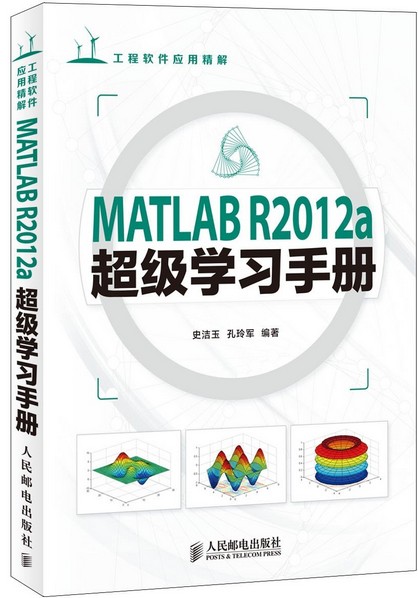
MATLAB R2012a超级学习手册 [平装]
优惠价:42.3元
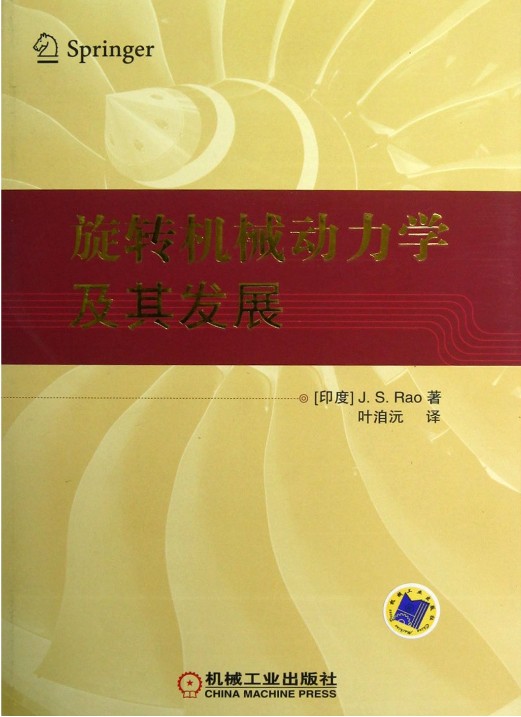
旋转机械动力学及其发展
优惠价:60元
机械CAE分析原理及工程实践
优惠价:18.8元
有限元方法基础论第6版 [平装]
优惠价:86.3元
有限元方法固体力学和结构力学(第6版) [平装]
优惠价:66.8元
有限元方法流体力学(第6版) [平装]
优惠价:55.9元
MATLAB信号处理超级学习手册
优惠价:58.7元
MATLAB图像处理超级学习手册 [平装]
优惠价:56元
MATLAB小波分析超级学习手册 [平装]
优惠价:56元
Zemax光学设计超级学习手册
优惠价:42.7元

![有限元方法流体力学(第6版) [平装] 有限元方法流体力学(第6版) [平装]](http://www.simwe.com/uploadfile/2011/0711/20110711025809331.jpg)
